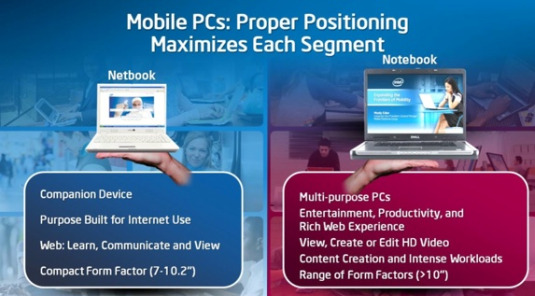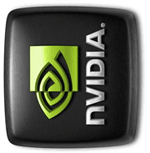 According to DigiTimes–a Taiwanese publication that’s always interesting, if not always completely reliable–Samsung is planning to release a netbook with an 11.6-inch screen and an Intel Atom CPU. Sounds cool–it’s a popular form factor with a roomier-than-usual display. But DigiTimes also says that Intel has responded by canceling Samsung’s deal for discount pricing on Atom chips, and similarly punished Lenovo when it introduced a 12.1-inch netbook. Samsung may also run into trouble with Microsoft, whose Windows 7 licensing agreements reportedly discourage netbooks with screens that are larger than 10.1 inches.
According to DigiTimes–a Taiwanese publication that’s always interesting, if not always completely reliable–Samsung is planning to release a netbook with an 11.6-inch screen and an Intel Atom CPU. Sounds cool–it’s a popular form factor with a roomier-than-usual display. But DigiTimes also says that Intel has responded by canceling Samsung’s deal for discount pricing on Atom chips, and similarly punished Lenovo when it introduced a 12.1-inch netbook. Samsung may also run into trouble with Microsoft, whose Windows 7 licensing agreements reportedly discourage netbooks with screens that are larger than 10.1 inches.
Netbooks make Intel and Microsoft nervous, since their low prices and high popularity threaten the market for costlier laptops that preserve a more generous profit margin for processors and operating systems. If I worked for either company, I’d be nervous, too. But trying to stifle netbook growth by making it tough for PC manufacturers to release appealing new models puts the companies on a collision course with consumers.
It’s a lousy development for anyone who’d like to buy a netbook with a sizable screen. I think it’s also self-defeating for the companies playing the pricing games, since the history of the PC business shows that consumers nearly always get what they want, even when pricing pressure makes it miserable for companies that make computers, components, and software.
Bottom line: If people want big-screen netbooks–and many surely do–they’re going to happen. I’d love to see the industry admit that and embrace it. Wouldn’t it be a more efficient way to do business than trying to prevent the inevitable?




 It’s more than a rumor but less than a fact: Nvidia is
It’s more than a rumor but less than a fact: Nvidia is